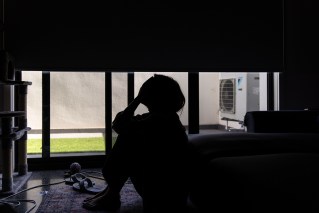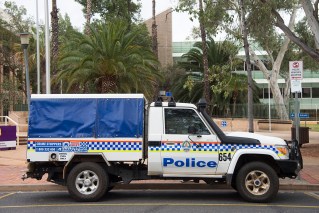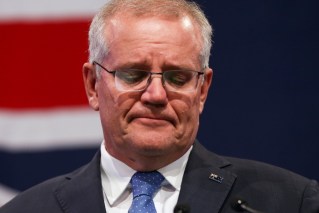The Liberal Party is no closer to solving its ‘women problem’

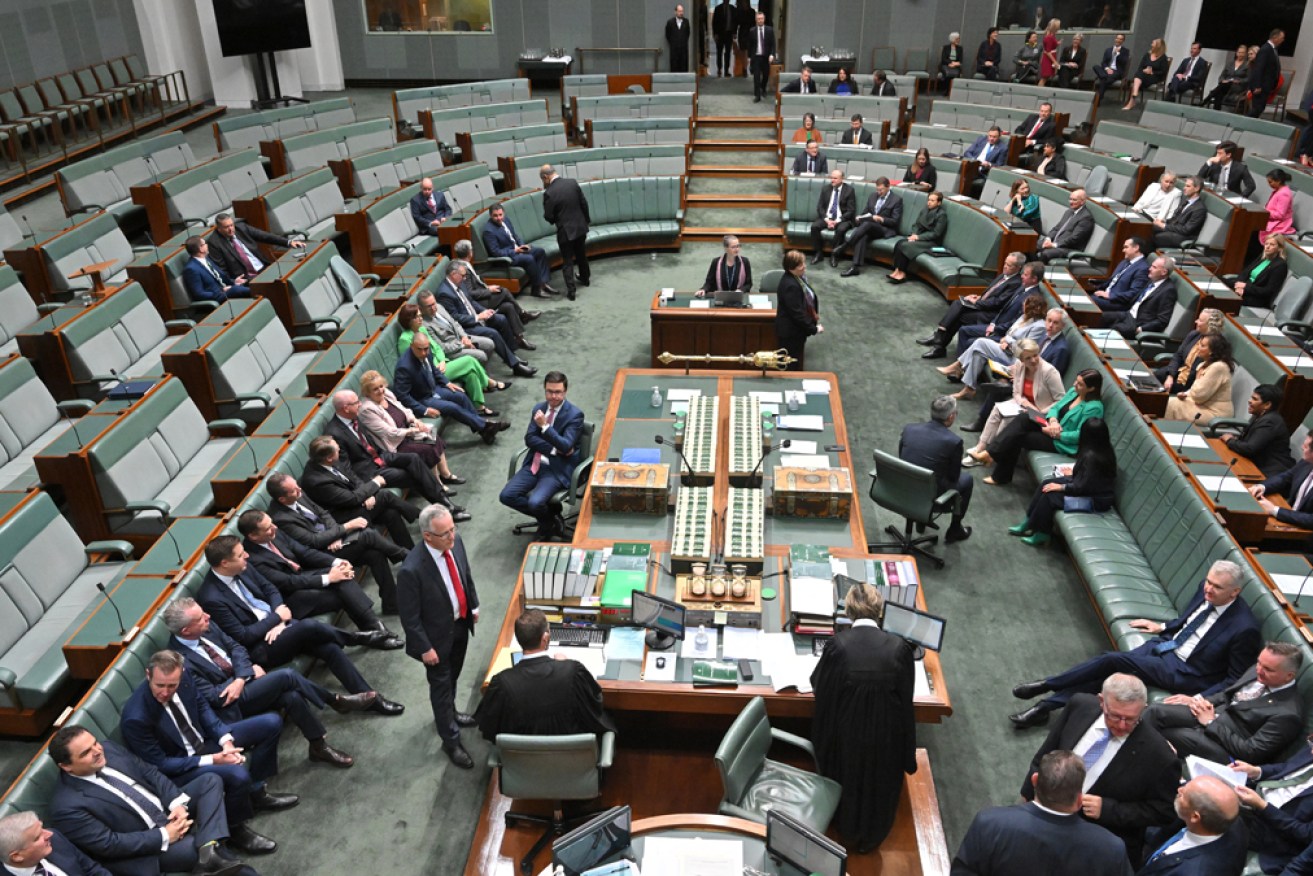
There are now just nine women representing the Liberal Party in the lower house. Photo: AAP
Talk of the Liberal Party having a ‘women problem’ isn’t new, but the preselection of men in safe seats, losing efforts in marginal byelections, and a failure “to have a meaningful conversation” on gender has contributed to a 10-year low in representation for the party.
Seventeen Liberal women won seats in the House of Representatives at the 2013 federal election, but the number has been reduced to just nine in 2024.
Three byelections since the Labor Party formed government in 2022 have resulted in two women becoming MPs for Labor, Mary Doyle in Aston and Jodie Belyea in Dunkley, and Cameron Caldwell winning the safe seat of Fadden for the Liberal Party.
In a fourth byelection in Cook, following Scott Morrison’s resignation from Parliament, the Liberal Party has preselected another male candidate in a safe seat.
Dr Ferran Martinez i Coma, senior lecturer in political science at Griffith University, said that to have the “best and brightest” in the public service, women need to be preselected for safe seats.
“Fifty per cent of the talent should be allowed to compete and as a society, if we don’t do that, then we are doing a disservice to our own country,” he said.
“If you don’t enhance competition or you avoid it, then we have an issue for our democracy that could be a long-term problem.”
Quotas or not?
The Labor Party and the Liberal Party set the same target in 2015: A 50-50 split of men and women in Parliament by 2025.
Thirty one per cent, or 71 out of 288, Liberal parliamentarians across state and federal politics are women.
The Labor Party, in contrast, has achieved 50 per cent female representation in the same period.
Labor introduced a mandatory 35 per cent preselection quota for women in “winnable seats at all elections” in 1994 and now has more than 50 per cent representation by women in federal Parliament.
Martinez i Coma said quotas have worked to increase the number of women in politics around the world, regardless of ideology.
“The argument that quotas are left-leaning, liberal or progress is not the case,” he said.
“We’ve seen quotas in many other countries and parties around the world. Spanish conservatives have quotas now, but basically don’t need them because it’s 40, 45 and even 50 per cent in some state elections.”
Many Liberal Party candidates and MPs praise the democratic nature of the preselection process, where local members and party elders combine to vote on a candidate, but it may further reduce the number of women in the House of Representatives.
Losing talent
High-profile Liberals – like Jane Hume and Linda Reynolds – have warned that without a serious push for more female representation within the party, it will be “in the electoral wilderness for some time”.
Reynolds, following the 2022 federal election, said it is “still impossible to have a meaningful conversation within the Liberal Party on gender”.
“How can women compete ‘on merit’ when the concept itself is completely subjective as there is no objective selection criteria, and, in practice, is applied only to women?” she said.
“With the women’s primary vote around 30 per cent, the only way the Liberal Party can win enough seats to form a majority government again is to win back the support of women.”
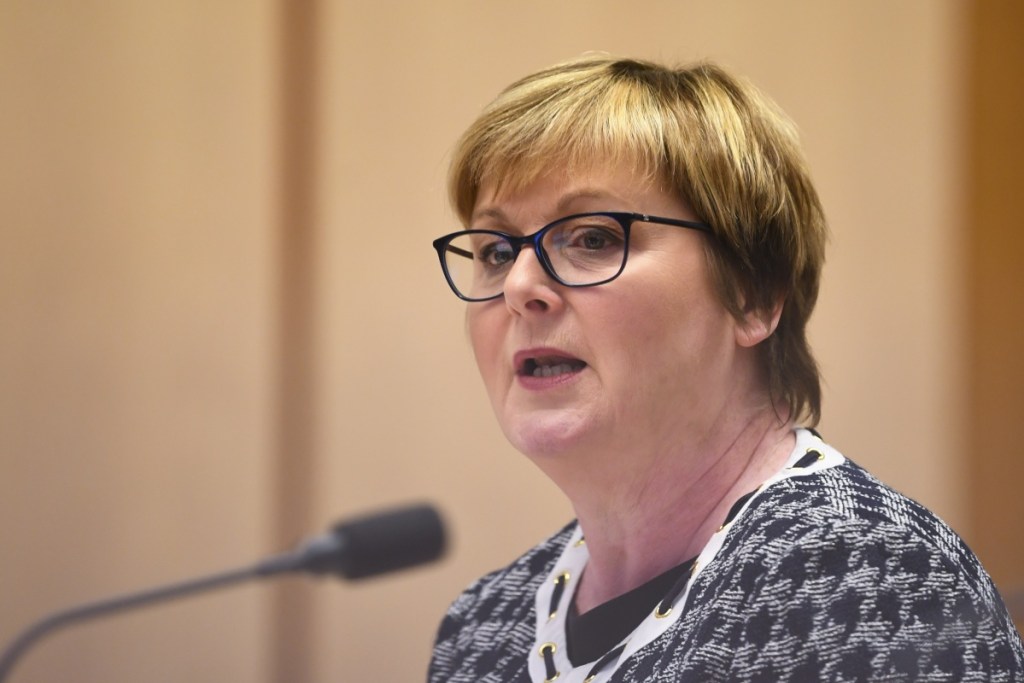
Linda Reynolds warned that the Liberal Party was scared to have serious conversations about gender. Photo: AAP
Martinez i Coma said traditionally Liberal voters flocked to teal independents in the last election.
“Some of the teal MPs we have are brilliant, professional women who, socio-economically, could have fallen into the LNP,” he said.
“Their seats are traditionally Liberal supporting.”
Of the six teal independents elected for the first time at the 2022 federal election, five replaced male Liberal MPs.

